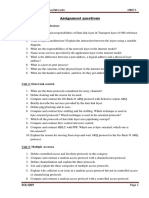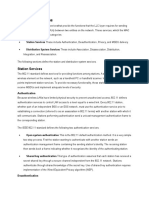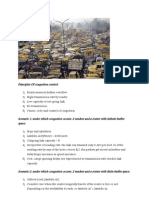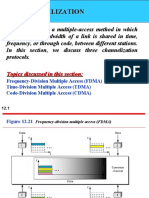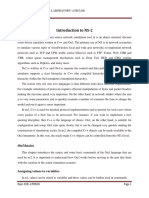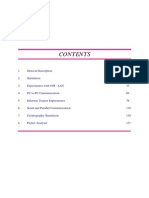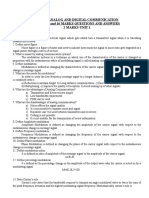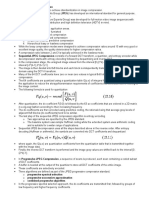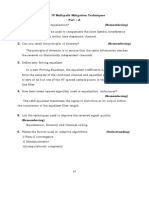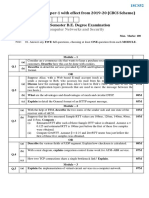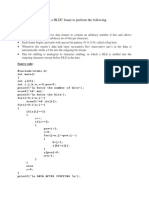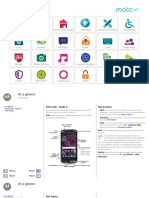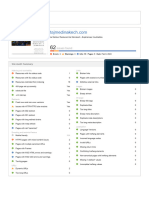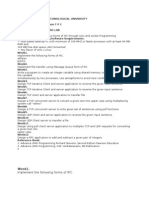100% found this document useful (1 vote)
725 views14 pagesIntroduction To Frame Relay, Atm, Isdn, PSTN, and X.25
X.25 was an early packet-switching protocol for wide area networks that defined interfaces and protocols for network layers. It had low bandwidth, large packet overhead, and was designed for analog telephone networks. Frame Relay was developed to address X.25's limitations, operating at higher speeds, only the lower two OSI layers, allowing bursty traffic, and dropping packets without retransmission. Frame Relay uses virtual circuits between sites identified by DLCIs, which can be permanent or switched on demand.
Uploaded by
Faith MachukaCopyright
© © All Rights Reserved
We take content rights seriously. If you suspect this is your content, claim it here.
Available Formats
Download as PDF, TXT or read online on Scribd
100% found this document useful (1 vote)
725 views14 pagesIntroduction To Frame Relay, Atm, Isdn, PSTN, and X.25
X.25 was an early packet-switching protocol for wide area networks that defined interfaces and protocols for network layers. It had low bandwidth, large packet overhead, and was designed for analog telephone networks. Frame Relay was developed to address X.25's limitations, operating at higher speeds, only the lower two OSI layers, allowing bursty traffic, and dropping packets without retransmission. Frame Relay uses virtual circuits between sites identified by DLCIs, which can be permanent or switched on demand.
Uploaded by
Faith MachukaCopyright
© © All Rights Reserved
We take content rights seriously. If you suspect this is your content, claim it here.
Available Formats
Download as PDF, TXT or read online on Scribd
/ 14








